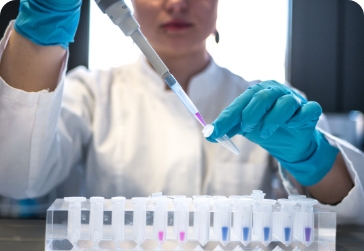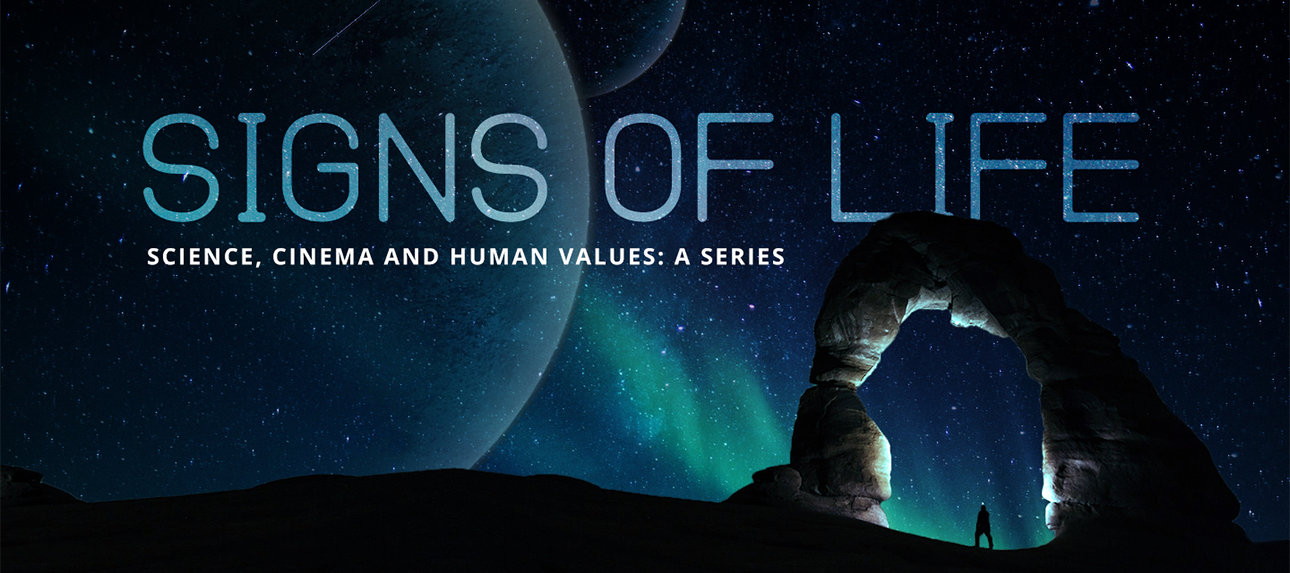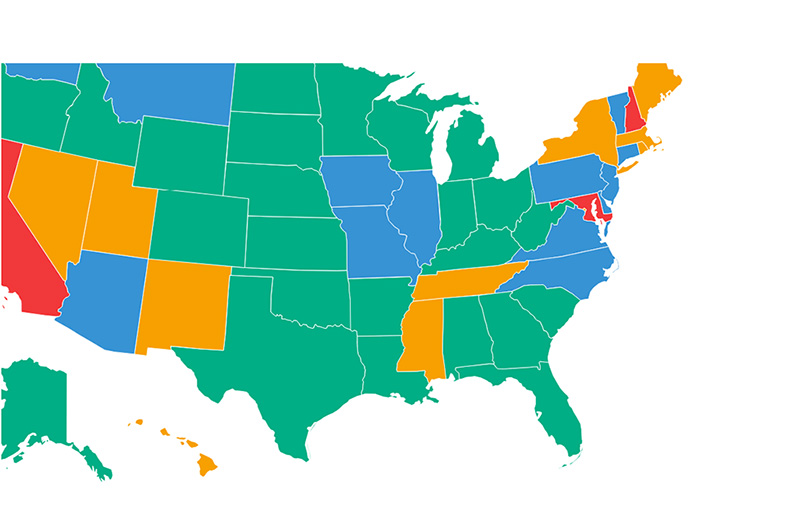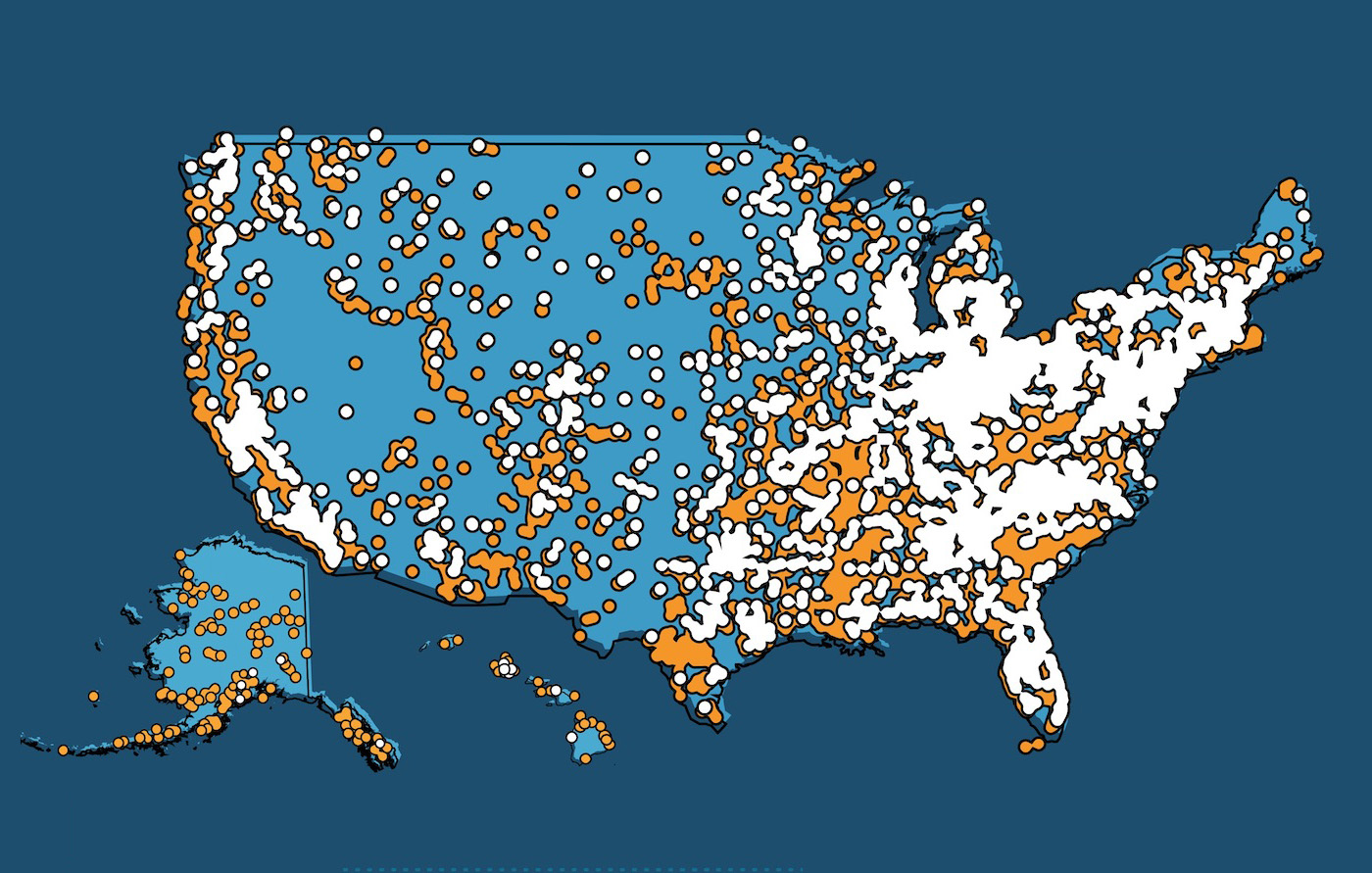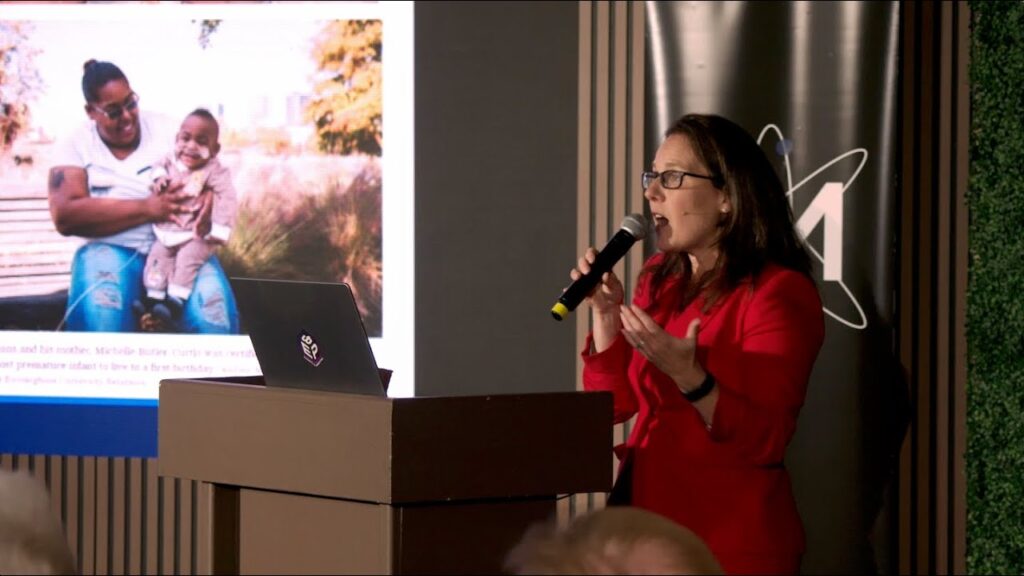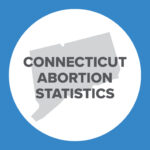The Science Behind Embryonic Heartbeats – A Fact Sheet
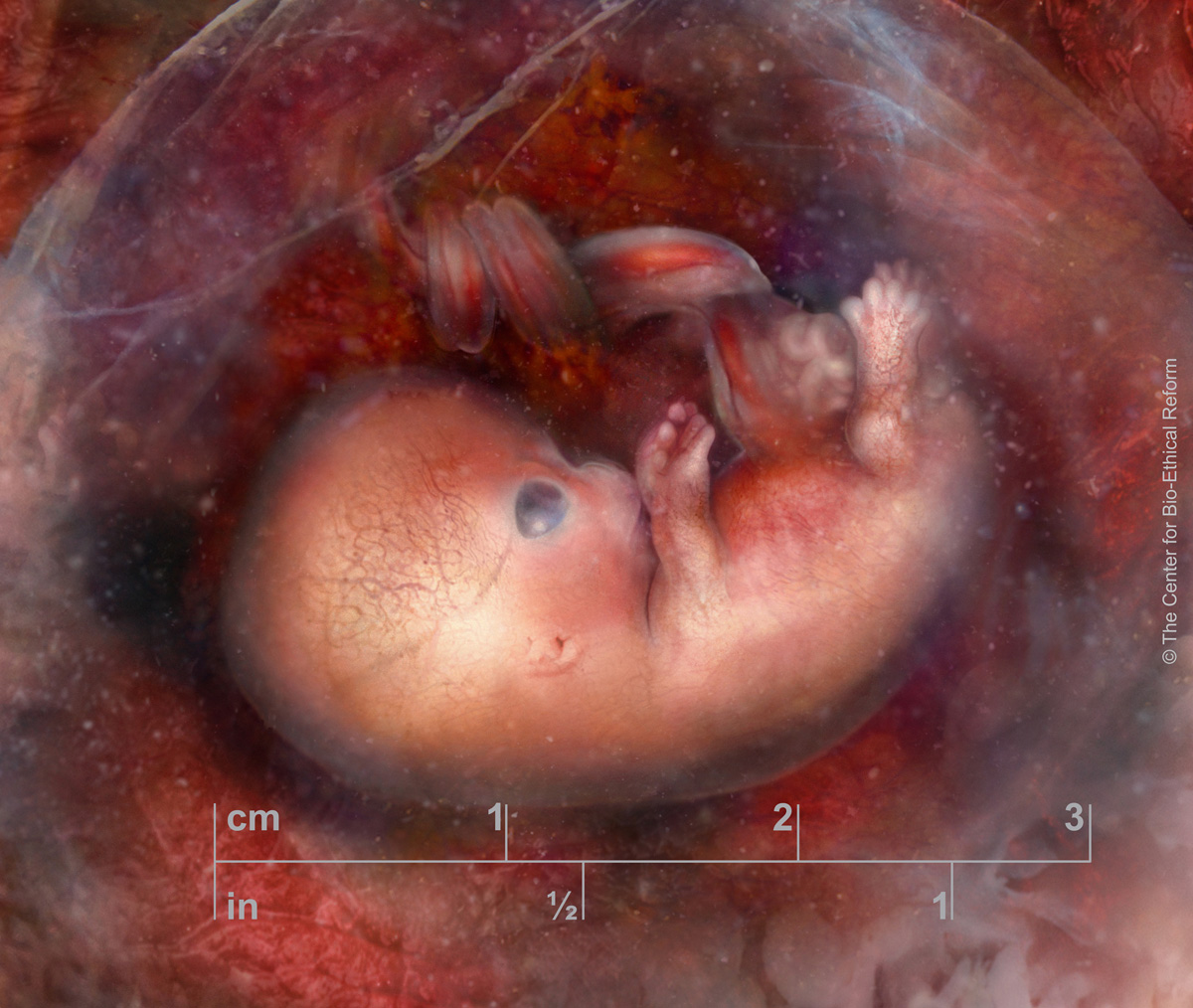
Click here to download PDF version: The Science Behind Embryonic Heartbeats – A Fact Sheet
- There is a functional, beating heart in every human being by 6 weeks of gestation[1]
- The heart is the embryo’s first functioning organ, which starts to develop as early as 16 days after fertilization.[2]
- The first heartbeat occurs approximately day 22-23 after fertilization, which is the 6th week of gestation in pregnancy.[3]
- The heart forms very early in embryogenesis because the embryo’s survival requires circulation of oxygen-carrying blood, a fact that is validated by all embryology textbooks.
- The fetal heart is a vital source for oxygen and nutrient distribution, because passive oxygen diffusion that sustains the embryo earlier in gestation becomes insufficient to support the embryo’s continued existence.
- Initially, the embryonic heart rate is, on average, 110 beats per minute, and increases to approximately 170 beats per minute at 9-10 weeks’ gestation.
- Even at this early stage, the heart has primitive heart valves that act as physical barriers that prevent the backflow of blood through the heart tube and assist in the forward propulsion of blood as it is pumped through the heart and out through the rest of the body.
- The embryonic heartbeat can be detected as early as the 6th week of gestation
- At 6 weeks’ gestation, the heartbeat can be detected via a transvaginal ultrasound.
- The early embryonic heartbeat is best detected using doppler ultrasonography. This measures the movement of the beating heart. Ultrasonography does not measure electrical activity, it measures pulses of high-frequency sound reflected off solid objects.
- At 6 weeks, the embryo’s heart is beating rhythmically, and the heart can be easily identified. Its image has been captured for viewers to see.
- Researchers have found that the presence of a heartbeat at 6-8 weeks indicates that the baby has a very high chance of surviving to childbirth.
[1] There are two common systems for denoting an embryo’s prenatal age. Weeks of fertilization or conception refers to the beginning of human life at pregnancy. Weeks of gestation refers to pregnancy based on the woman’s last menstrual period, in which the number of weeks referenced is typically 2 weeks greater than fertilization age (e.g., a human embryo is 0 weeks old at fertilization, which is 2 weeks of gestation). Unless specifically noted, the age is given in gestation weeks. See https://lozierinstitute.org/fetal-development/preparing-for-pregnancy/.
[2] T. W. Sadler, Langman’s Medical Embryology, 14th ed. (Philadelphia: Wolters Kluwer, 2019).
[3] Ibid.


